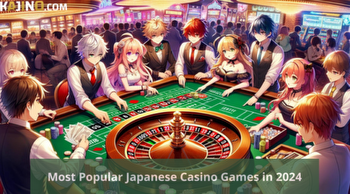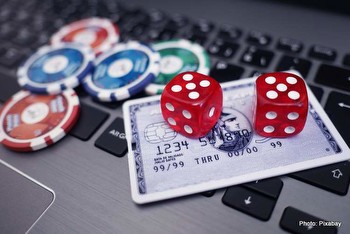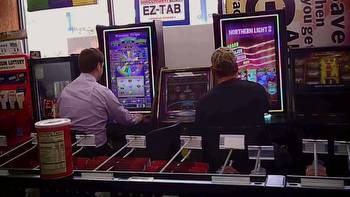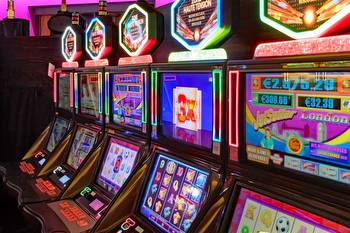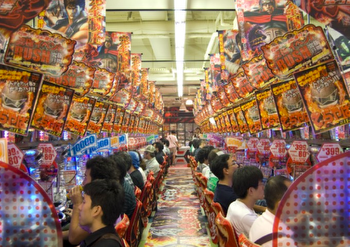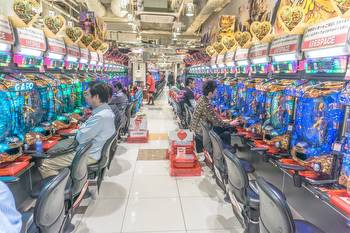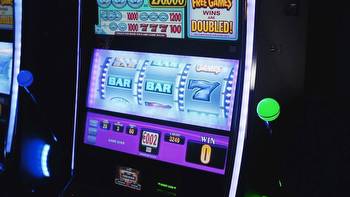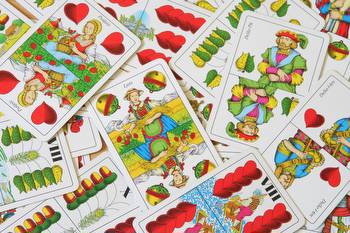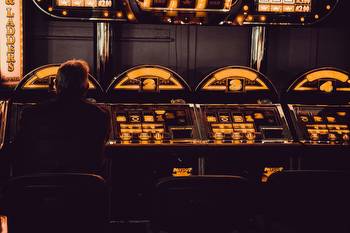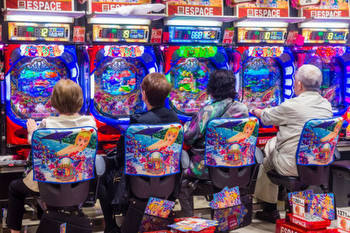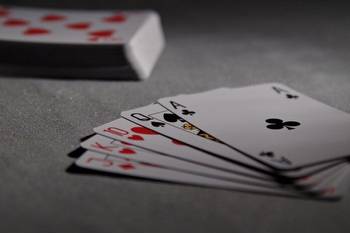Pachinko Machines: Japan’s Answer to Slots

We’ve recently seen a lot of people hit headlines after becoming significantly richer by winning a game at a Pachinko machine. The popular “casino” game is something that’s frequently played in Japan as a way to circumvent strict gaming laws, but how is that even possible? If you can’t play casino games, how can people gamble with a casino-like game like Pachinko?
The game has become a bit of a phenomenon with a few books coming out and a television series named after the game on Apple TV+ that is based on a bestselling novel. Is it going to make its way to this side of the pond and take over?
If you’re new to this game, let’s dive in and take a closer look at what it’s all about and why the craze.
What Exactly Is Pachinko?
Pachinko first came about as a children’s game all the way back in the 1920s. The game was originally based on the American game known as “Corinthian bagatelle.”
In the simplest of terms, this game is sort of a mix between pinball, slot machines and arcade games. The total goal of Pachinko is that you need to get as many balls into as many different winning pockets on the machine as you can. The major difference between this and pinball is that there are tons of different brass pins scattered throughout the playing field, which completely obstruct the winning pockets that you are supposed to get the balls into. In pinball, you have more control but in Pachinko, it’s more like a slot where you just play and see what happens. All you control is speed and number of balls.
At the end of the day, it doesn’t take a significant amount of effort to play Pachinko. All the player has to do is just control how fast the balls drop and how many.
How To Play Pachinko
For many Japanese people, Pachinko is fairly straightforward to play and understand. For those who haven’t played, it takes a little bit to gather what it’s all about.
For starters, each machine is sorted out by price and winning probability to help players understand what they are getting into straight away. All of the devices could have varying prices for the balls that you are playing with. Some could be as little as one yen per ball while some are increased to four and so on. Think of it like a slot where you can play as little as a dime per spin or you can play $5 or $10.
When you finally sit down and decide to play a game of Pachinko, you have to insert the amount of money you wish to play with and hit another button to start. That button releases the balls that you paid to play with. In order to come out of it with a win, you have to push a play lever in order to launch the balls up into the machine to try to land them into the pockets.
The more balls that land into the pockets, the more money that you are able to come away with at the end of it.
Pachinko Parlors
Pachinko parlors are sort of makeshift casinos. As mentioned, gaming is prohibited in Japan but Pachinko parlors kind of circumvent what is allowed and not allowed.
These parlors go through a very specific loophole, which is that they each have an intermediary between the conversion into cash and the winning of the balls. Simply put, parlors can’t exchange winning balls for cash to their players because that makes it casino-like. However, what they do is they reward players with tokens and tickets, which players then go on to third-party establishments and trade them out for cash. Conveniently, these places for exchange just so happen to almost always be right across the street.
Inside the parlors themselves, you can find some really cool themed Pachinko machines, like Jaws. In that sense, they are like slots as you’ll find different sorts of themes.
A handful of parlors ban smoking outside of some smoke-free areas, while others allow it fully no matter where you are inside. Don’t worry if you’re a tourist either, as there are a couple of parlors that include translated instructions so that you know what you are doing even if you’re unfamiliar with the language. Shockingly, Pachinko parlors don’t happen to fall under the gambling section in Japan.
Koatari
Pachinko machines slowly started to integrate Koatari into their payout systems, which adds an extra layer of entertainment to the game. This is a type of jackpot system that is lower than the normal jackpot. During this payout mode, you can see the payout gate open up for a short time. The timing of when these gates are expected to open up is completely unpredictable.
Bottom line, the Koatari jackpots seem to be unbelievably favorable for the people playing considering that it looks like you can win without any balls officially going into the pockets. However, it’s all a payout scheme that appears to be favorable when in reality they don’t lose any type of long-term profit on the matter.
How Popular Is Pachinko?
Ever since Pachinko first came around in Japan, it’s slowly grown in popularity. It started to dramatically rise in popularity after the Second World War. Part of that might be that all Pachinko machines were closed down, and reopened when the war came to an end. Leisure entertainment was ridiculously in high demand around this time, and Pachinko quickly rose to fame because of it.
When the parlors started to open up around the country, the game spread everywhere. Now, we are looking at this being a multi-billion-dollar industry in Japan – all while legal casino gambling is prohibited.
There are currently greater than 10,000 parlors around the country, with a market value of $200 billion each year. To put this into perspective, this total is roughly 30 times more than the annual gambling revenue that Las Vegas brings in. Japan Today took a survey and reported that roughly one in every 12 people in Japan play Pachinko. What’s interesting is that Japan has recently allowed casinos to come to the country. They still haven’t started building them out, but we’ll have to see what impact that has on Pachinko.
Payments And Quick Losses
Pachinko can be played by purchasing balls to try to land them into the winning pockets of the Pachinko machine. How you get the balls is you purchase them using either cash or prepaid cards at these machines. You should be careful, though, as large numbers of balls can be gone in a matter of seconds. If you play with a couple hundred yen at a time, you might find that the majority of your balls will instantly disappear within just a few minutes. Think of it like playing slots: if you have $100 to work with and you play it all in one spin, or play 50 paylines at once at $1 a payline, your money could go quickly. Pachinko is kind of the same in that regard. Of course, when you have so much on the line, though, you could end up winning big too!








